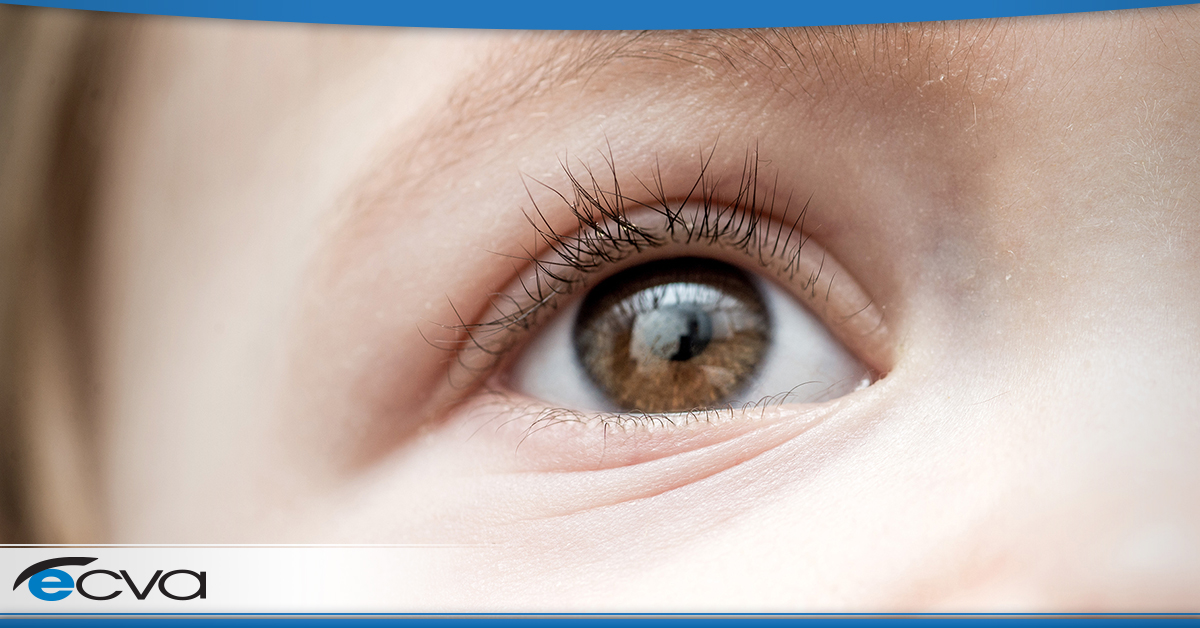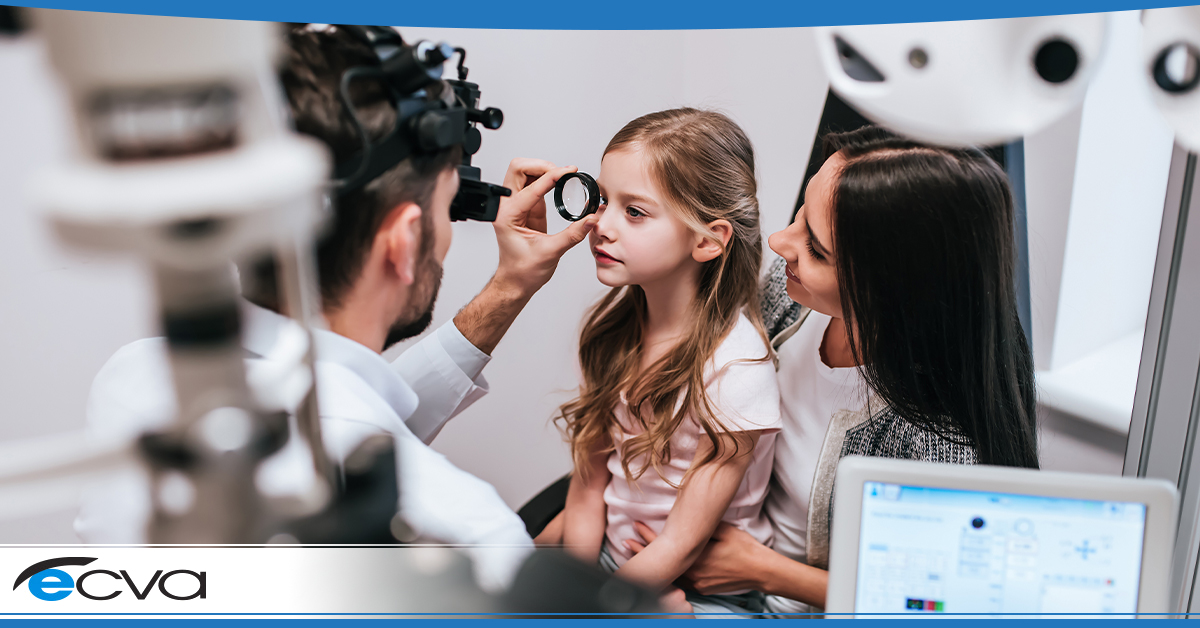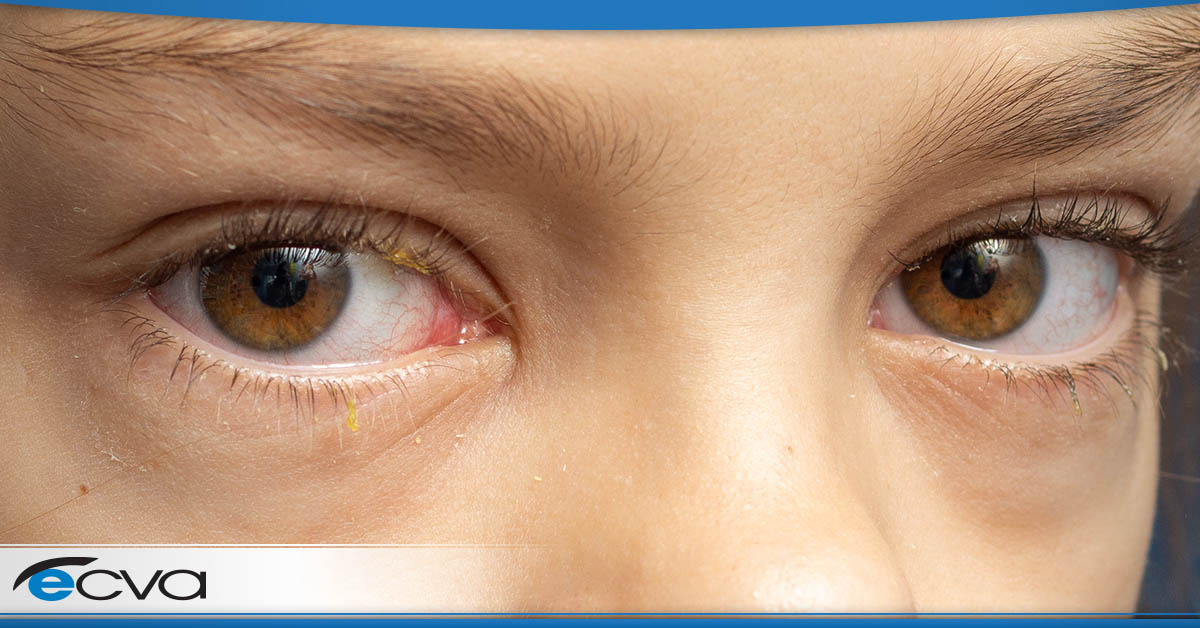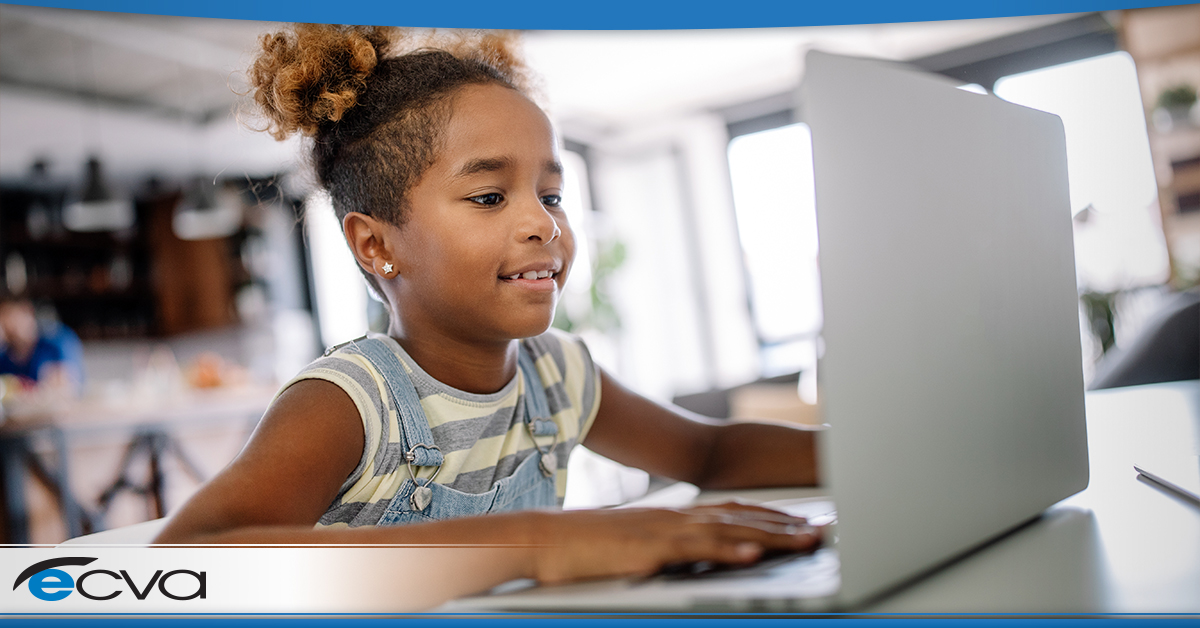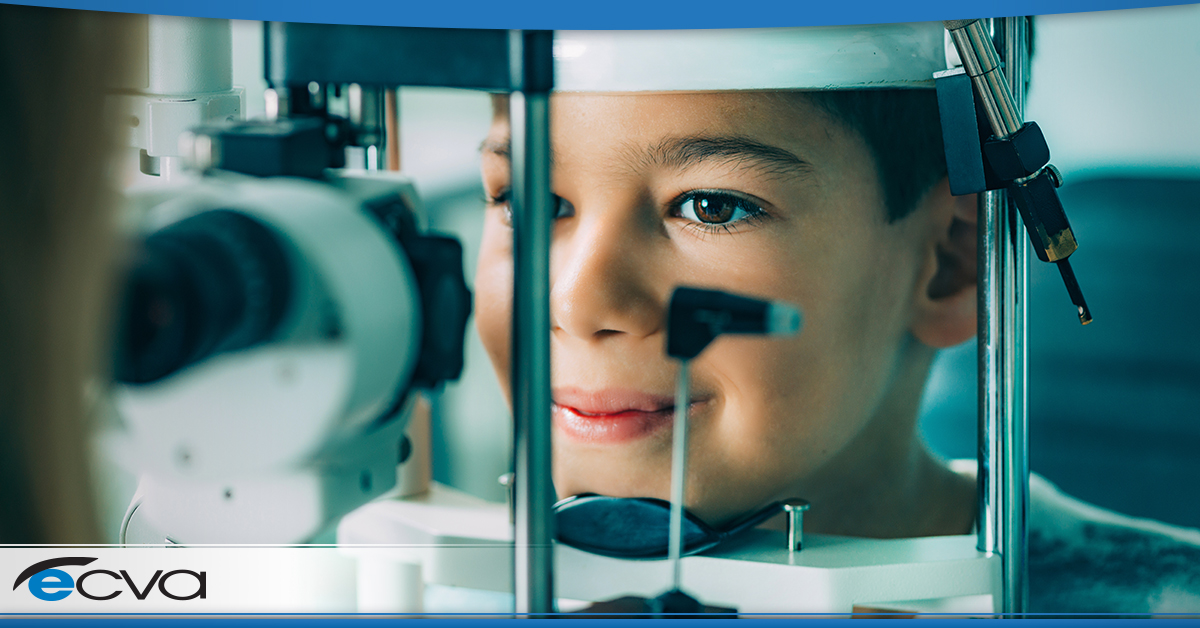Back-to-school brings a flurry of activity to most family households. There are many tasks to accomplish before school starts and parents and their children often rush to complete them. But do you realize you may be missing the most important preschool task of all?
Back-to-school eye exams are a critical part of preparing to return to a classroom. Children of all ages should see an ophthalmologist annually to ensure they don’t start school with a vision issue that could hold them back from reaching their full learning potential. Pediatric eye doctors in the Buffalo market work hard in the months leading up to the fall back-to-school season. Their goal is your goal—to ensure your child can properly see and comprehend in the learning environment they’re soon to return to. There is a strong correlation between visual acuity and academic performance. Having a regular schedule of screening for vision health is just as important as an annual physical check-up. Here’s what you need to know about back-to-school eye exams and why a pediatric eye doctor is so important to the academic achievement of your child.
At What Age Should Children Have an Eye Exam?
The American Optometric Association (AOA) recommends a comprehensive eye exam from a pediatric ophthalmologist before their first birthday. Yet fewer than 15% of children receive this type of care. While most schools conduct vision screenings, they miss up to 75% of children with vision issues.
Think about it; Approximately 80% of learning involves using your eyes. Vision problems can be a significant health barrier to learning. Fortunately, back-to-school eye exams can help pinpoint the source of vision anomalies and correct them to ensure your child isn’t held back from learning this year.
It’s very common for undetected eye issues to be misinterpreted as learning disabilities. The American Optometric Association says, “As children progress throughout their education, they face increasing demands on their visual abilities. The size of print in textbooks becomes smaller and the amount of time spent reading and studying increases significantly.” This important observation doesn’t even take into account the increasing amount of digital screen time our children experience. Phones, tablets, laptops, video games, and more, all combine to create problems in your child’s eyes such as:
· Eye strain and fatigue, which can cause dimmed vision and headaches.
· Dry and irritated eyes, in part due to the fact that we have a tendancy to blink less when we stare at the computer.
· Difficulties focusing on distance vision when shifting from a close-up screen.
· Nearsightedness can develop when children spend too much time indoors. In fact, the rate of nearsightedness in children is on the rise, in part thanks to more time indoors in front of computer screens.
· Children can also have their sleep patterns interrupted by the blue light emitted from their screens. The brain interprets the light from the computer screen as daytime, making it harder for you to fall asleep.
How Often Should Children Have Their Eyes Checked?
Eye health is health. Yet many parents miss back-to-school eye exams as they face the hectic time before school starts each year. The AOA recommends:
· A full exam by a pediatric eye doctor between the ages of six and 12-months.
· At least one comprehensive exam of the eyes between the ages of three and five.
· Annual eye exams from a qualified pediatric ophthalmologist each year beginning before the first grade.
Following these guidelines are critical for children. The eyes go through big changes as children grow. Catching eye problems early is not only important for the child’s long-term health; poor vision affects the child’s ability to learn and interact inside the classroom—and out.
The Correlation Between Poor Vision and Learning
The AOA says, “Vision issues aren’t isolated problems but instead affect almost every aspect of a child’s development, ranging from academics and athletics to social interactions and self-esteem.” That makes the back-to-school eye exam critical not only for the health of your child’s vision but their social and educational performance. Having a child misdiagnosed as ADHA or dyslexic create labels that may follow them for years, when the underlying issue may be vision-related and solved by a pediatric ophthalmologist.
What are some of the signs your child may have problems with their vision?
Difficulty Following Along
Does your child have problems seeing clearly in the distance? They may not be able to focus on a long-distance chalkboard but do just fine reading a book or working on their computer. Poor distance visual acuity is easily corrected, but without a comprehensive exam it could instead be interpreted as the inability or unwillingness to pay attention to a teacher’s lecture.
Recognition/Visual Perception Issues
Problems with visual perception can include issues with focusing the eye as the distance from objects changes. Does your child have blurred vision when they look up from the computer? Is it difficult for them to go from a screen to a book and then a chalkboard at the front of the room. Examining the eye’s ability to focus during a comprehensive vision exam can pick up on subtle issues that may be bothering your child.
There are some common signs that your child may be experiencing a vision problem. Let’s talk about what you, as a parent, should be alert to in your child.
Signs of Eye and Vision Problems in Children
An annual pediatric eye exam as part of your back-to-school routine will give you peace of mind about your child’s eye health. If your child is exhibiting the following symptoms, a pediatric ophthalmologist offers a non-invasive, gentle approach to helping diagnose and correct any vision issues they may be having.
Frequent Headaches
Headaches caused by eye strain are very common when vision correction is needed.
Excessive Eye Rubbing
Does your child complain of a burning in their eyes. This could be a sign of dry eyes caused by excessive computer screen time. Or it could stem from eye strain caused from near- or farsightedness.
Squinting
If you notice your child squinting or even turning the head to the side or rearing back the neck to see, their visual acuity is probably somehow impaired.
Your child’s eye health matters. That’s why back-to-school eye exams are as critical as a regular visit to your pediatrician. Did you know there is an experienced, caring pediatric eye doctor right here in Buffalo standing by to help both you and your child?
ECVA Offers Comprehensive Eye Exams for Children in Buffalo, NY
Eye Care & Vision Associates (ECVA) is Buffalo’s leading pediatric eye doctor. We offer full-service pediatric ophthalmologic appointments designed to get your child back-to-school and ready to learn. Contact us here or call us today at 1-716-631-EYES.


